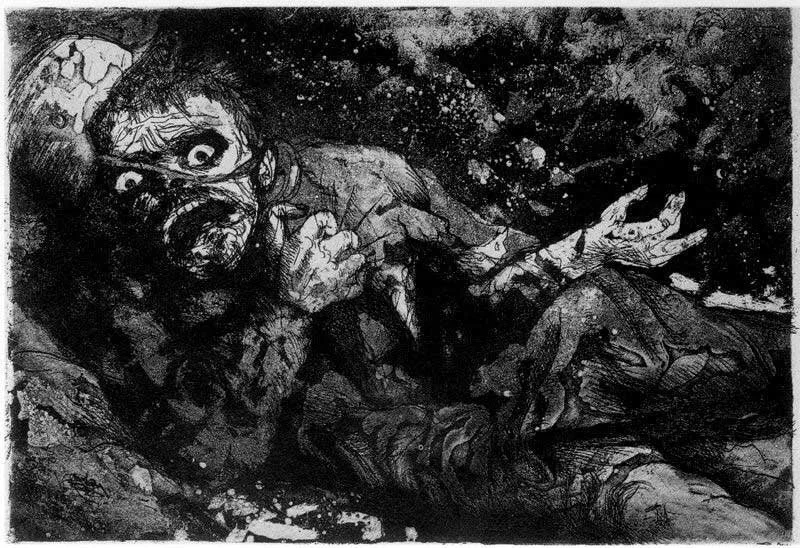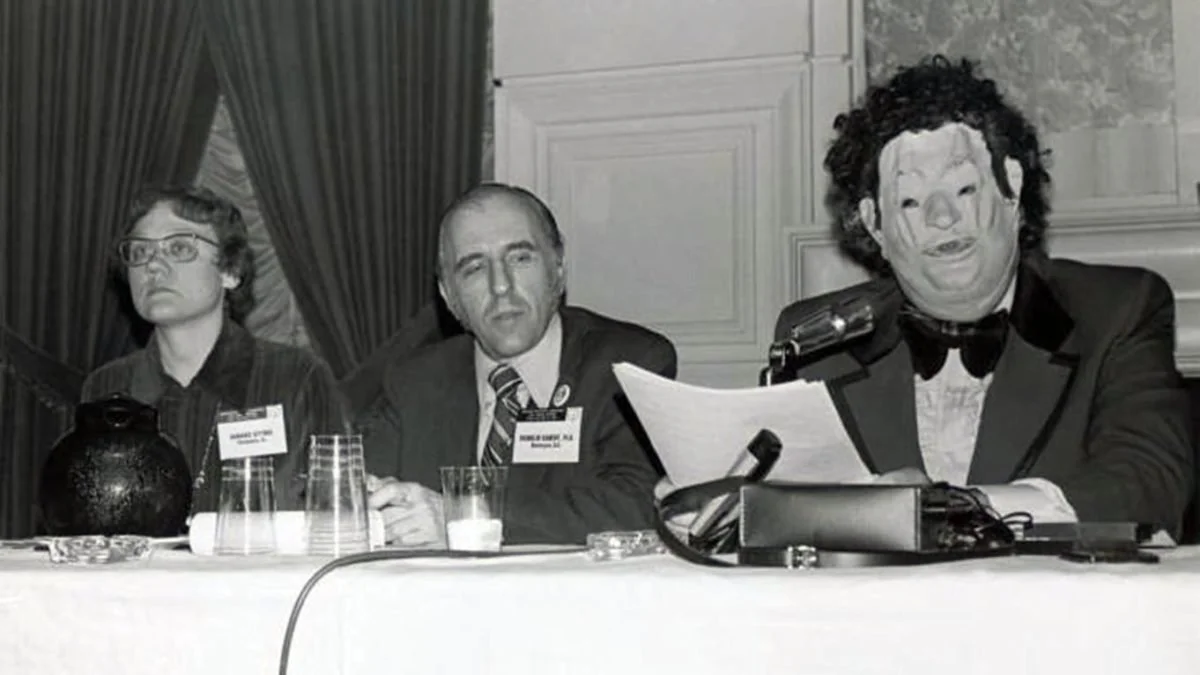A Timeline of Psychiatry in the US
Below is a timeline of psychiatry and mental health in the United States spanning from the Colonial era up until 2020 with a focus on policy and institutional history. When a local example of a wider trend was needed, I have opted for Minnesotan examples, since I live here. Under the timeline, I have included some general observations on historical trends. Resources for specific themes are on separate pages linked below. This is intended as a tool for understanding the history of psychiatry in relation to other models of therapy and other state institutions so note that many important examples of protest, alternatives, or opposition were not included.
General Observations
The defining general characteristic of US psychiatry lies in the fact that, unlike a country like France with a centralized, state-run psychiatric system, psychiatry in the US is highly local. Dorothea Dix and other reformers failed to achieve a federal plan for psychiatric and social policy in the 1850s, which means that the states, along with other private and federal actors, have largely had to negotiate their models differently in each locality. It's probably fair to say that the clearest general unifying trend in the history of psychiatry is its near constant courting of controversy and dissent from both inside and out. Psychiatry is always in flux —its diagnoses, treatments, and even basic status as a science are consistently put into question.
Nevertheless, other clear, unifying features still emerge: a high degree of conservatism in terms of the profession (nearly all innovations came from outside and were integrated in) and general outlook (their concept of "normality" is generally derived from the morals of white, middle-class, "hardworking" citizens of colonial nation-states), a tendency towards expansive medicalization of problems (treating more and more things as "illnesses" to be treated), and a consistent, though fluid, relationship and shared origin story with mechanisms of policing and incarceration. The various strands of these interwoven relationships (law, crime, medicine, punishment, and therapy) tend to get separated and presented as distinct histories or bodies of thought. Putting them back together is one of the primary goals of this project.
Race and Psychiatric Knowledge
Psychiatric knowledge about race in the US is historically fluid and has held diametrically opposed positions on the mental condition and proposed treatments of non-white mad peoples depending on the white establishment's changing perceptions of (mainly) Black and Native people (at times even switching very rapidly) as well as non-white immigrants. It has reinforced hegemonic narratives of white (hereditary) supremacy as in when psychiatrists lend their expertise to equate degeneracy with non-white people, or to naturalize the conditions of Black enslaved and free people, Native people, and more by providing "evidence" of their "primitive" psychological condition and biological incapacity for good morals or civility in freedom. Black and Native people were thought less likely to go insane because their minds weren't civilized as whites'. Slavery, it was said, was psychologically beneficial, because the enslaved were "psychologically fit" for it.
In the face of unrest, like the riots in the 1960s, psychiatry has also served very different ends: to pathologize resistance and reactions to white civilization. In such times, Black people are far more likely (rather than less, as above) to be called "dangerously insane" than white people. Psychiatry developed new techniques of identifying these "delinquents," and developed methods of incarceration along with therapeutic or chemical control and tranquilization.
From Chains to Triumph to Chains
The typical story told about the history of psychiatry goes like this: in the 18th century, insane people were beaten, caged, and isolated until the emergence of psychiatry. Beginning with Pinel in France, psychiatrists removed the chains and created asylums, which, when properly funded and cared for, provided shelter and space for the mad to heal and become good citizens again. In the mid-twentieth century, they were overused and underfunded, leading to crowding, neglect, rotten food, and disease. In the 1960s and 70s, everything changed: ruinous exposés degraded the reputation of the asylums while President Kennedy signed new legislation shifting federal support to so-called "community centers" and away from central hospitals.
Drugs called antipsychotics calmed the most bothersome patients, allowing them to live among normal people. At the same time, lawyers, reformists, and radicals pushed (out of ignorance and good intent) to make commitment more difficult, to improve conditions, to allow patients to refuse treatments, and even to shut down these benevolent centers. This process, later called "deinstitutionalization," forced the mad onto the streets. Now, the prisons and jails are "the new asylums." Such a story can't hold together the disparate events it tries to unify.
What was Deinstitutionalization?
The event called "deinstitutionalization" is, in reality, a confusing mish-mash of contradictory events and actors. For one, the emptying of the asylums and the building of "softer" alternatives (psych wards, outpatient treatment programs, community centers) began in the 1950s (following an even earlier attempt in the period of "mental hygiene" in the Progressive Era) prior to when this event was said to happen and before the litigation and antipsychiatry currents. Second, there is no evidence that the majority of the people who formerly lived in asylums ended up on the streets or in jails or prisons (not to say those who would have in the past been sent to an asylum don't get set to jail instead). Third, the antipsychotics were widely considered useful as a means of calming residents of overcrowded hospitals, not necessarily a fast-track to life in the community. This simplistic narrative attempts to iron out complicating wrinkles to the story, especially ones that implicate the state. For instance, Reagan's fiscal policies pulled the rug out from under most of the alternative psychiatric practices made possible with federal grants after Kennedy and Carter's administrations, while gutting social security providing housing and aid options.
Those who say that patients were "abandoned onto the street" too often peddle this narrative to place the blame for the failures of intentional state policy and privatization on the leftist critics of psychiatry or the lawyers who secured some basic negative civil rights for mental patients. The real story is much more complicated: many were transferred to nursing homes/group homes, others become "revolving door" patients who were transferred in and out more often, while others lived perfectly well at home. There is no Rosetta's Stone to help us make sense of mental health care in one fell swoop, nor some universal panacea to help us fix what is in reality a myriad of issues.
Troubling the Common Language
We cannot accept the language used to tell this story as natural or given. Since the deinstitutionalization period of the 1960/70s, the word "community" has taken on increased importance in conversations around psychiatry. What exactly does the "community" of "community treatment" refer to? Things as diverse as outpatient commitments, individual therapy, and group homes with locks on the outside of the doors are referred to as "community treatment." This reflects the general ambiguity of the word community. We use it to refer to groups of people of all sizes (a group of friends and entire races and populations), places (the "Minneapolis community"), professions (the "psychiatric community"), political beliefs, religions, and hobbies. For many people in the atomized US, the word "community" evokes little more than the people we work with or our immediate family. The US has a long tradition of valuing the grassroots and the self-made, so calling a political project a "community project" is generally more appealing than "state project," but that doesn't mean it's at all clear or by default less bureaucratic, violent, or arbitrary.
In the context of psychiatric care, it is most often used as a purely negative term: community is just something not at the state hospital. Community treatment sounds nice, but it doesn't always equate adequate housing, access to resources, the absence of coercion, or even permission to access to the public spaces we often think of as community spaces. This example illuminates the gap between the vague language we tend to use to describe mental health care and its complex reality in the United States. No words or concepts in the psychiatric lexicon can be taken for granted; it is necessary to contest it all in the fight for a different model of care.




